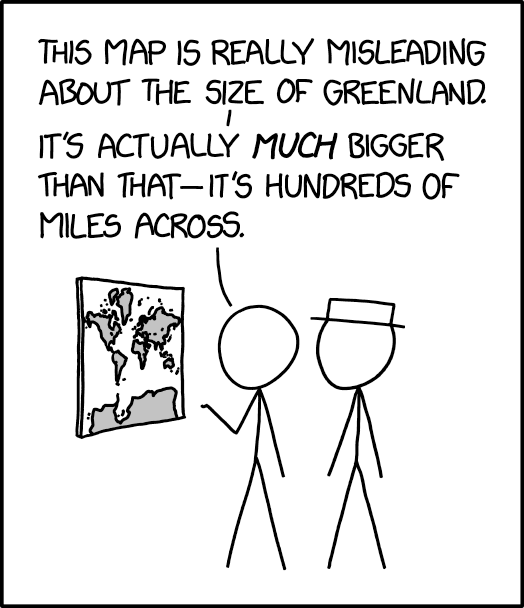An exhibition exploring the history of computerized mapping, GIS and remote sensing opened at the Boston Public Library’s Leventhal Map Center last Friday. Processing Place: How Computers and Cartographers Redrew our World runs until March 2025.
In the long history of mapmaking, computers are a relatively new development. In some ways, computers have fundamentally changed how cartographers create, interpret, and share spatial data; in others, they simply mark a new chapter in how people have always processed the world. This exhibition features objects from the Leventhal Center’s unique collections in the history of digital mapping to explore how computers and cartographers changed one another, particularly since the 1960s. By comparing maps made with computers to those made before and without them, the exhibition invites us to recognize the impacts of digital mapping for environmental management, law and policy, navigation, national defense, social change, and much more. Visitors will be encouraged to consider how their own understanding of geography might be translated into the encodings and digital representations that are essential to processing place with a computer.
The online version of the exhibition is here.






 The 38th volume of the Esri Map Book (
The 38th volume of the Esri Map Book ( Peter Bellerby, of bespoke premium globemaker Bellerby & Co. fame, has written a book: The Globemakers: The Curious Story of an Ancient Craft (
Peter Bellerby, of bespoke premium globemaker Bellerby & Co. fame, has written a book: The Globemakers: The Curious Story of an Ancient Craft (
